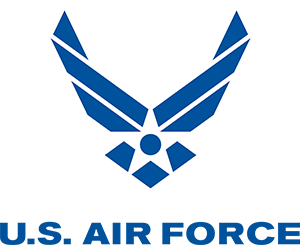
Service Branches
Work Environment
Physical therapy assistants work in hospitals, clinics, and rehabilitation centers.
-
Military Status
Enlisted
-
Median Military Salary This is the median, or the midpoint, of the salary range for this career.
$97,001
Military Salary Range Salary varies based on years of service, degree level, special pays, family status and location.
$32,806 - $219,270
Overview
Physical therapy assistants support physical therapists in providing physical therapy treatments and procedures. Under the direction of a physical therapist and following medical referral, these specialists administer physical therapy to decrease physical disabilities and promote physical fitness of service members. They treat disease, injury, or deformity by physical methods such as massage, heat treatment, and therapeutic exercise, rather than by drugs or surgery.
Military Training
All enlisted service members complete basic military training, which includes time spent in a classroom and in the field, and covers tactical and survival skills, physical training, military life and customs, and weapons training. Physical therapy assistants in the Military will gain skills through classroom study, including practice in providing patient healthcare, and on-the-job experience. Job-specific training content may include:
- Anatomy, physiology, and psychology
- Methods of therapy, including massage, electric therapy, and radiation therapy
- Handling and positioning of patients
- Principles of rehabilitation
- Patient care
- Working on a medical team
Helpful Attributes
- Ability to communicate effectively
- Interest in working with and helping people
- Patience to work with people whose injuries heal slowly
More careers in this field
See all











